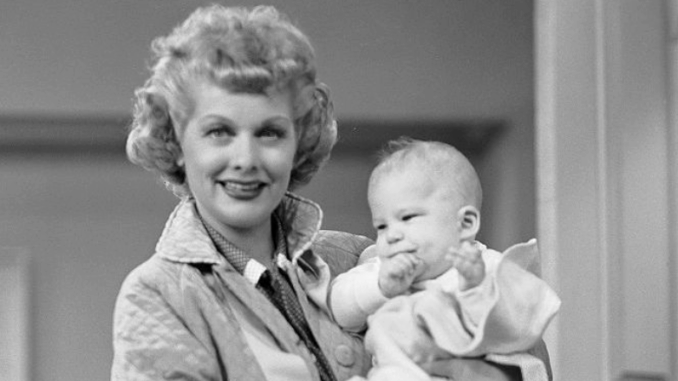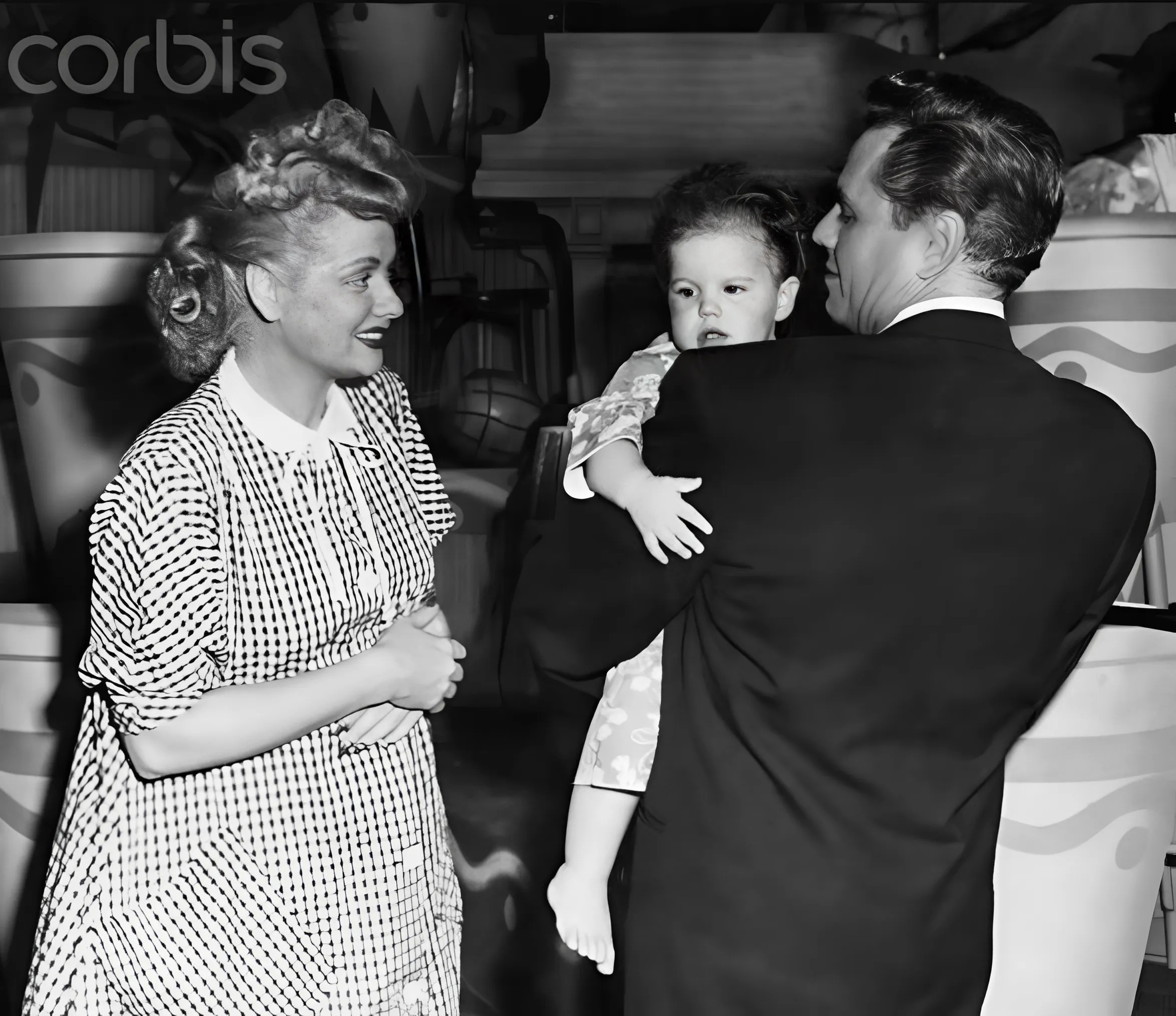
In the annals of television history, few moments resonate with the same singular power as the birth of Little Ricky on I Love Lucy. On January 19, 1953, an astonishing 44 million Americans tuned in, holding their breath as Lucy Ricardo welcomed her baby boy. This wasn’t just a popular episode; it was a cultural phenomenon, a shared national experience that, incredibly, overshadowed even President Dwight D. Eisenhower’s inauguration the very next day. What many viewers didn’t know then was the poignant, almost unbelievable truth: as Lucy gave birth on screen, Lucille Ball was, at that very moment, giving birth to her own son, Desi Arnaz Jr., in real life.
“When America Wept With Lucy – The True Story Behind the Legendary Birth Episode”
The decision to incorporate Lucille Ball’s real-life pregnancy into I Love Lucy was revolutionary for its time. Network executives at CBS were initially hesitant, fearing a backlash from conservative audiences. The word “pregnant” itself was considered too risqué for television. But Lucy and Desi Arnaz, ever the innovators, fought tirelessly for authenticity, ultimately agreeing to use euphemisms like “expecting.” Their unwavering belief in the power of storytelling to reflect life resonated deeply, setting the stage for one of television’s most iconic episodes.
Filming the birth episode was a delicate dance. Ball’s real-life due date was factored into the production schedule, a logistical feat in itself. As cameras rolled, capturing Lucy Ricardo’s comical and heartfelt journey through labor, the nation was captivated. Homes across America huddled around their television sets, feeling every push, every laugh, and every tear alongside their beloved Lucy. The emotional payoff was immense. When Little Ricky finally arrived, it wasn’t just a character’s baby; it felt like a family member had been born into millions of American households.
“The Episode That Stopped America: Lucy, Ricky, and the Magic on Air”
What makes this event truly legendary is the extraordinary coincidence that unfolded off-screen. While the fictional Lucy Ricardo was bringing Little Ricky into the world, Lucille Ball herself was in labor. On the very same day that the birth episode aired, January 19, 1953, Lucille Ball gave birth via C-section to her second child, Desi Arnaz Jr. The timing was nothing short of miraculous, a cosmic alignment that blurred the lines between fiction and reality in a way television had never seen before, and perhaps never will again.
This unique synchronicity cemented the episode’s place in history. It wasn’t just a well-written script; it was a deeply personal moment for the star, shared unknowingly by a nation. The emotional resonance was magnified by this unseen parallel, creating a bond between the audience and the show that transcended typical entertainment. It spoke to the hopes, fears, and joys of countless American families, particularly mothers, who saw their own experiences reflected on the small screen in a way that felt incredibly intimate and real.

The birth of Little Ricky wasn’t just a plot point; it was a cultural touchstone that demonstrated television’s burgeoning power to unite a nation, create shared experiences, and reflect the human condition. It was a moment when America truly stopped, not just to watch a show, but to collectively celebrate a new life, both fictional and real, woven into the fabric of their everyday lives. It remains a testament to the enduring magic of I Love Lucy and the unparalleled genius of Lucille Ball.
